Houston Cell Phone Repair Glass Lg V20
LG phones dead — the best and worst LG phones of all time
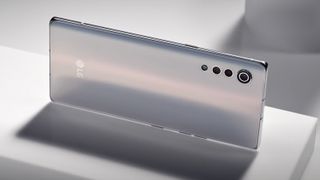
LG is exiting the smartphone business, and it's a move we look back on with mixed feelings. On the one hand, LG never really established itself as either the equal to the likes of Samsung and Apple nor as a compelling alternative in the vein of OnePlus or Motorola. On the other hand, though, it wasn't for lack of trying — over the years, LG certainly came out with some unique handsets.
"Unique" is a double-edged sword in this case. Certainly some of LG's phones were undeniably awesome, but just as many missed the mark — sometimes spectacularly.
- The best Android phones to replace LG
- OnePlus 9 Pro camera face-off: Can it beat the iPhone 12 Pro and Pixel 4a 5G?
- Plus: The biggest iPhone redesign in years just leaked
LG briefly carved out a space for itself by making budget phones for discount carriers, but those aren't the devices we're going to remember when we look back on LG's phone business. Instead, the ones that will live on in our memory are the attempts to build flagship phones that could take on the iPhone or Galaxy S and Note models. Most never really caught on, but it's still fun to look back at the best and worst LG phones of recent years.
Best LG phones
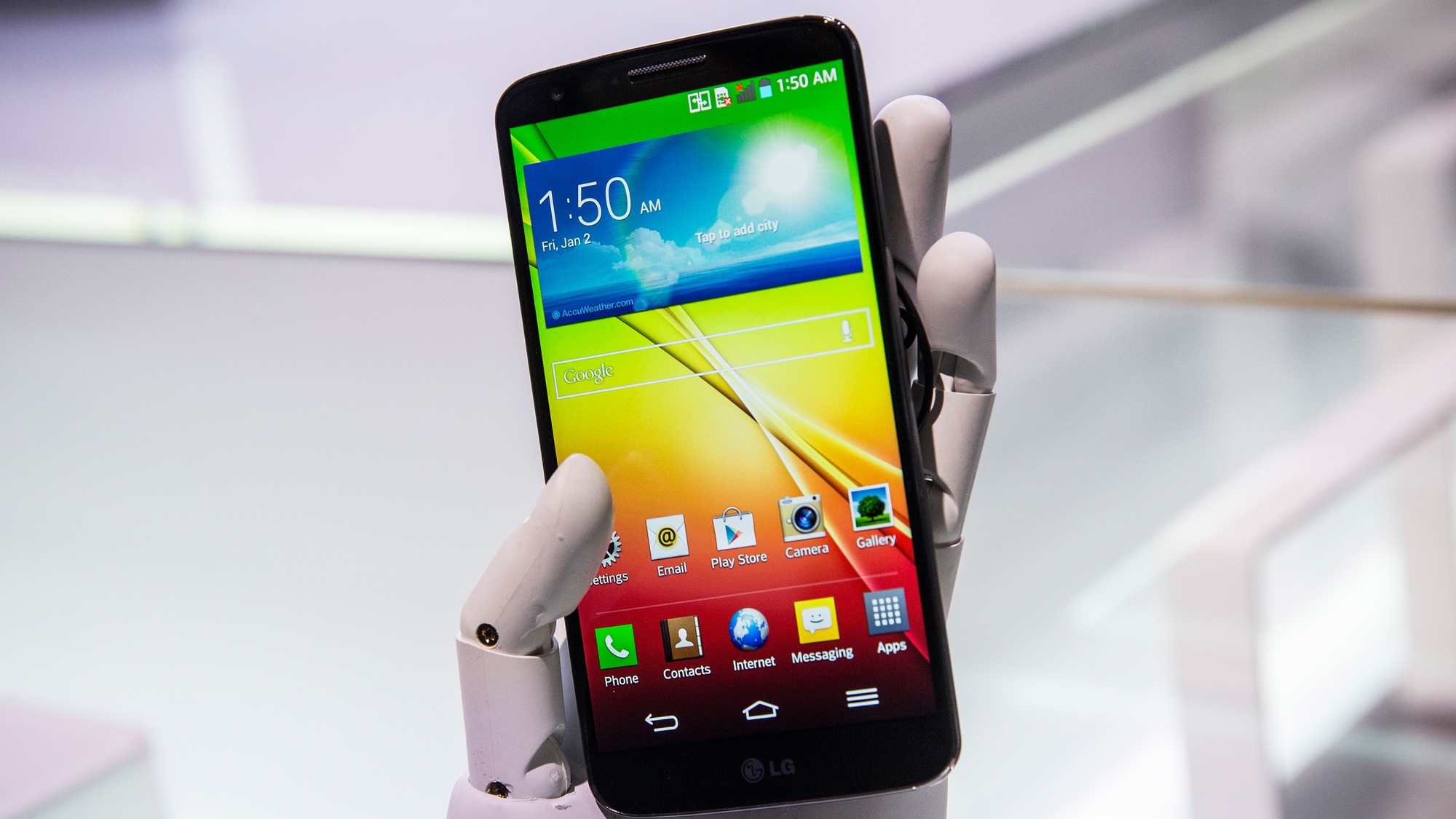
LG G2: The LG G2 shrugged off conventional smartphone design in 2013. Back then, LG decided to place the power and volume buttons on the back of the phone. While met with initial skepticism, it worked quite well in practice since that's where your index finger is likely to rest.
The G2 also introduced Knock On, an official way to double tap the display to wake it. While not necessarily new, it was nonetheless revolutionary, and we still see it in many phones today. Overall, the LG G2 was very good for its time and looked great to boot.
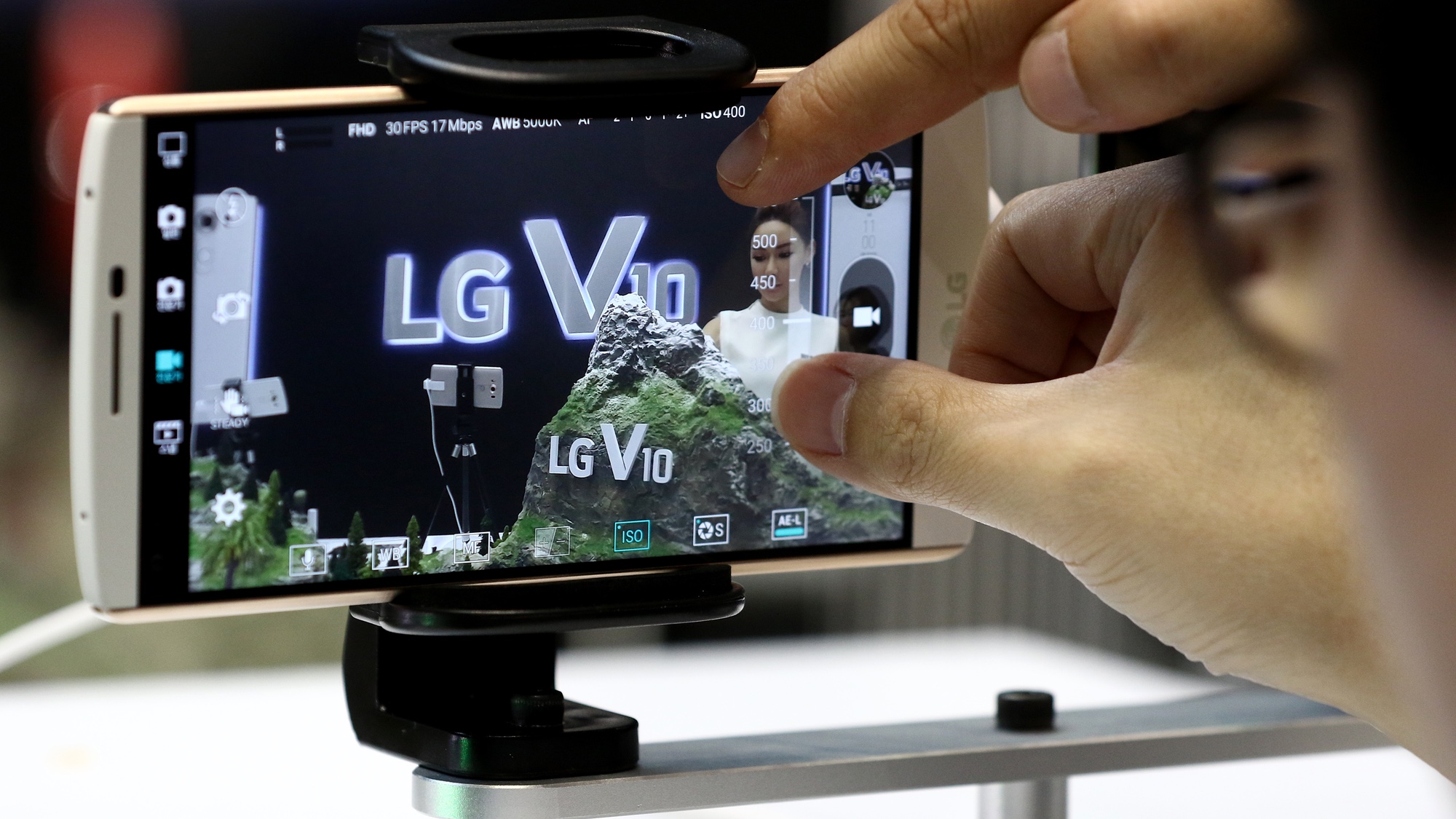
LG V10: The V10 stood out in 2015.. Not only did it feature a "professional" design, but it offered a replaceable battery at a time where that feature had nearly disappeared. The phone really stood out thanks to its quad DAC for wired audio and the second display right above the main one.
We wish the LG V10 would have caught on, given its premium build materials and decent camera. It's a reminder that LG could have concentrated on its V series of phones, most of which were pretty good rivals to the iPhone and Galaxy Note.
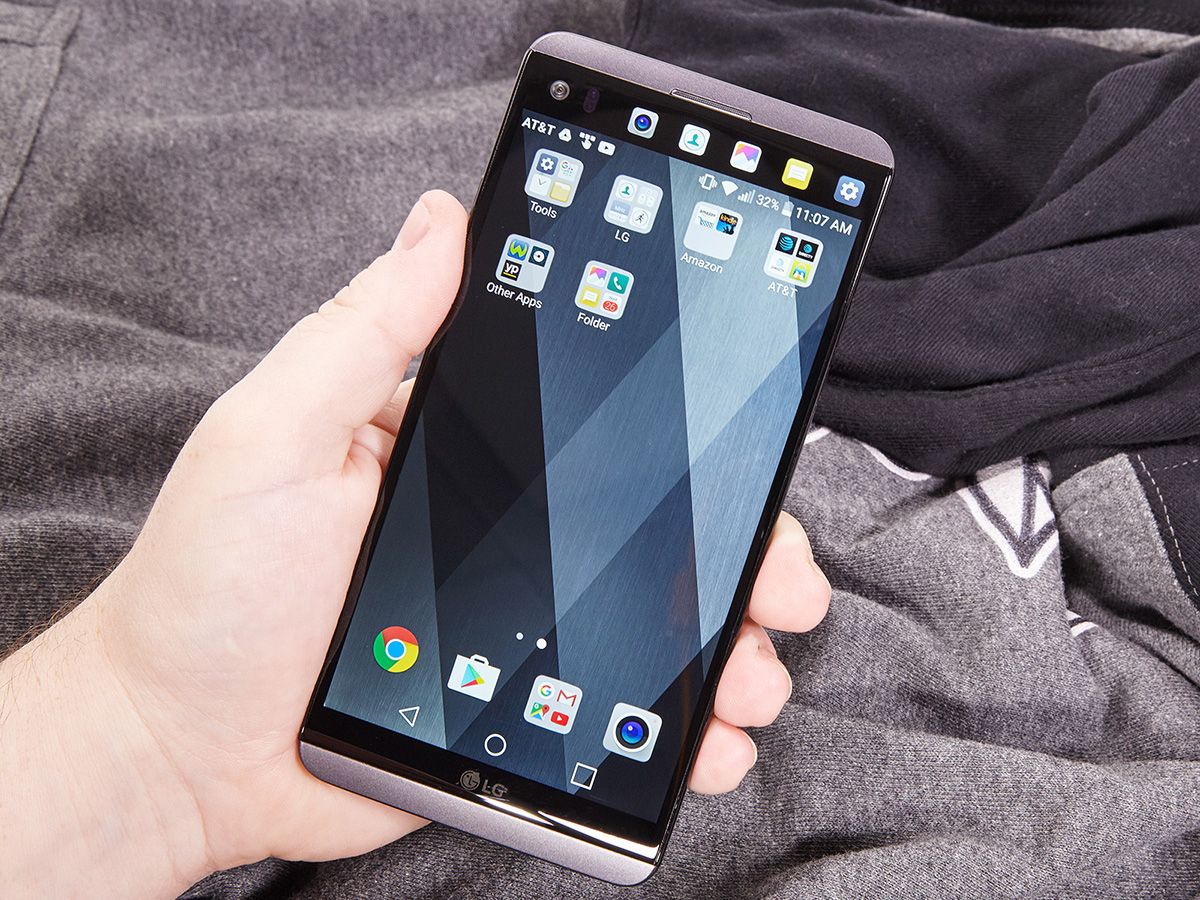
LG V20: Speaking of V series devices, the LG V20 took a lot of what the V10 did right and improved it for 2016. It still had the quad DAC, replaceable battery, and a similar software and camera experience. Again, it didn't quite match the behemoths at the time, like the first gen Pixel, iPhone 7 or Galaxy S7, but it was certainly better than the LG G5. (More on that modular monstrosity in a moment.)
Reviews at the time praised the V20's build quality and audio hardware, though the camera disappointed, especially when compared to the Pixel and Galaxy S7. The second screen, though cool, felt unnecessary to a lot of people. Although it had problems, the V20 was nonetheless one of LG's better phones up to that point.
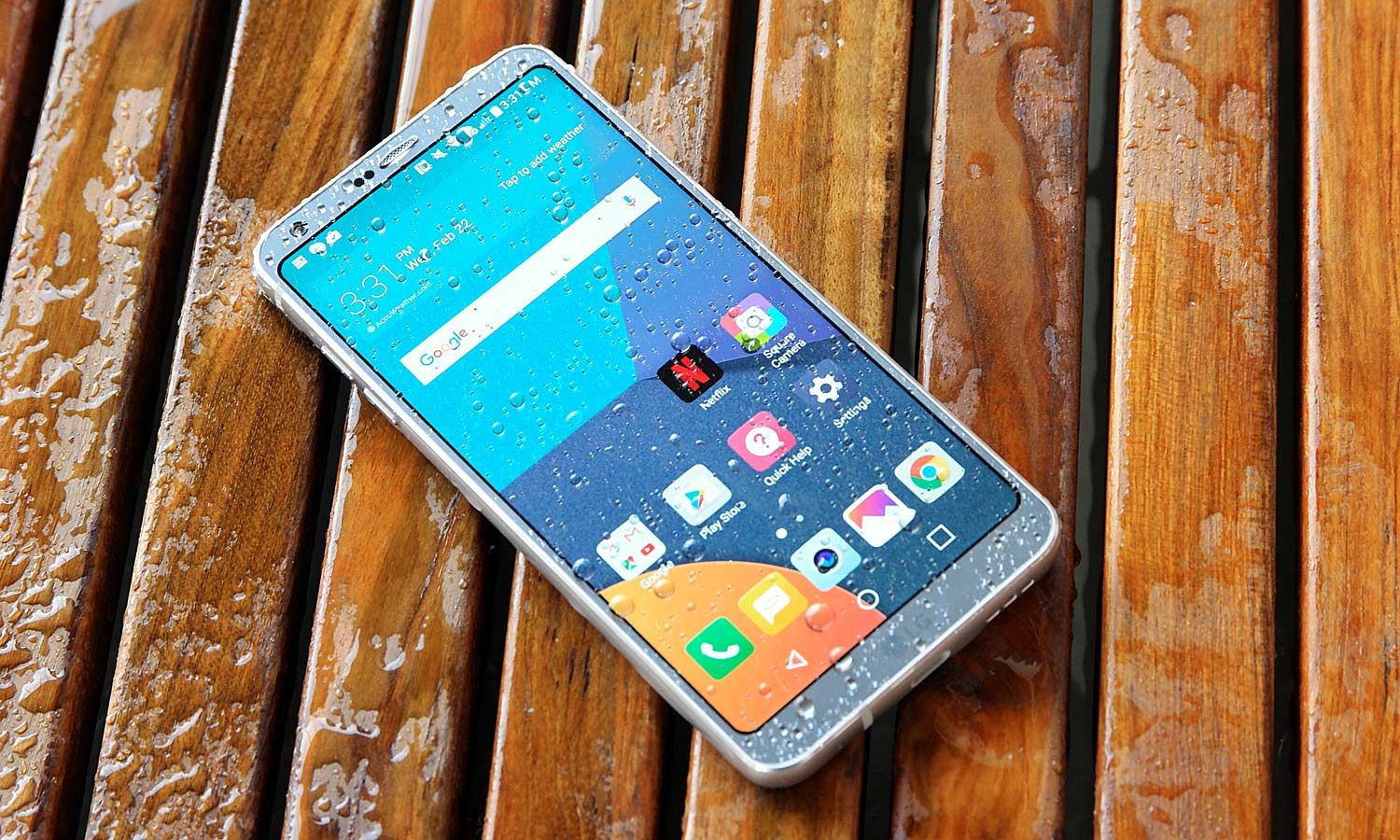
LG G6: Continuing the legacy of the G2, the 2017 LG G6 balked at the G5's modular mistakes and went back to basics. The 18:9 QHD LCD was pretty good for the time, the rear-mounted fingerprint scanner/power button was great, and the phone itself performed very well with the Snapdragon 821. It was the kind of a phone you could use as your daily driver without any problems.
The LG G6's battery life was so-so, but call and camera quality were great. (Consider this photo shot by a G6.) While the G6 may not have matched the camera quality of the Pixel, Pixel 2, or iPhone 8/8 Plus, it worked well in the right circumstances. Unfortunately, it hit end-of-life with Android 9 Pie.
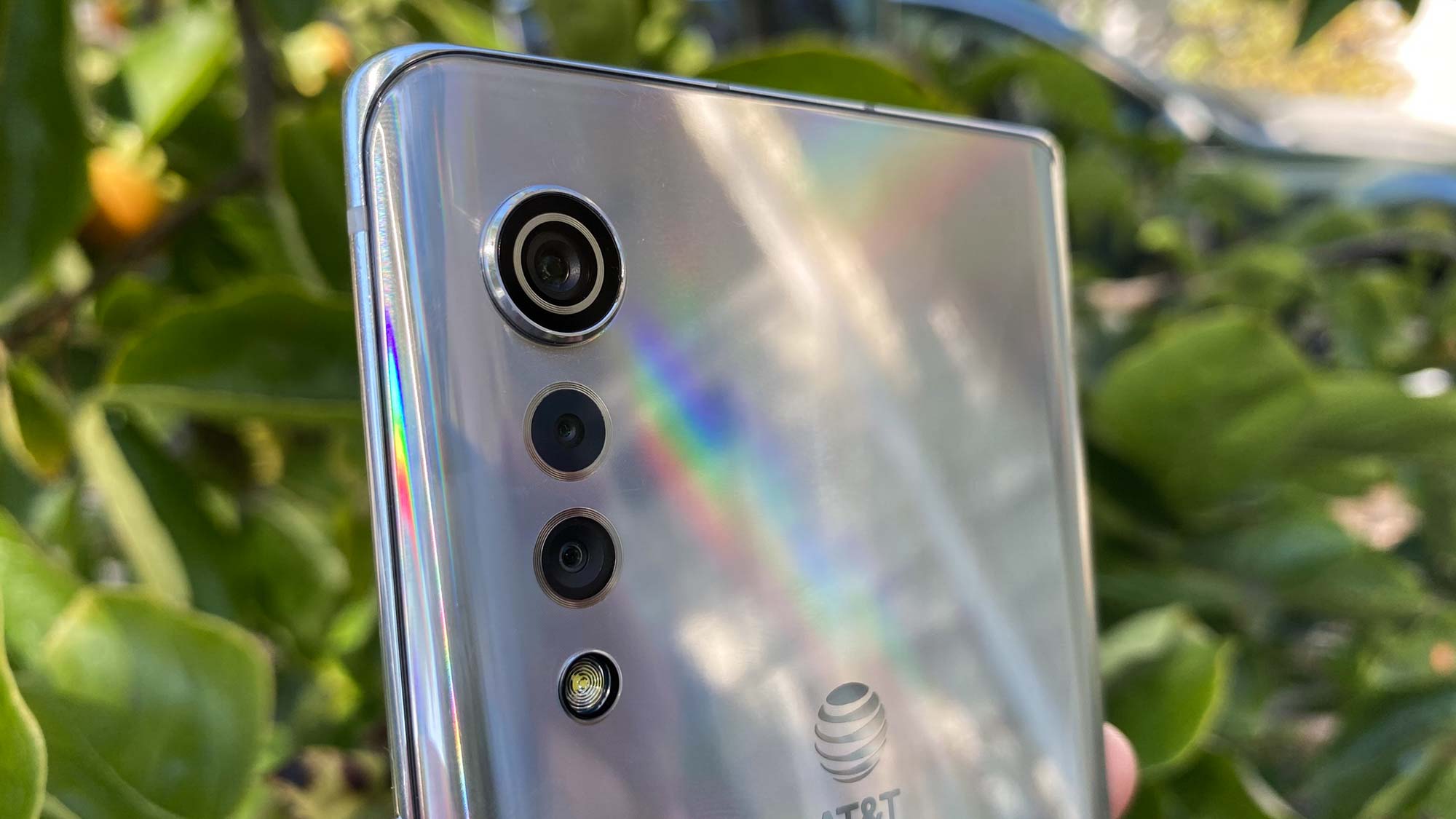
LG Velvet: The writing was probably on the wall for LG's phone business by the time the LG Velvet rolled around last year, but give LG credit for at least trying something different to revive its smartphone fortunes. LG finally ditched its string of letters and numbers for a distinctive phone name that evoked an emphasis on superior design.
In the case of the LG Velvet, the look and feel of the phone actually delivered on the promise of that name. We were especially impressed by the raindrop array of rear cameras, where the lenses descended vertically down the back of the phone from largest to smallest. With a sub-$700 price and 5G compatibility, the LG Velvet also gave smartphone shoppers an inexpensive entry into the world of 5G phones.
Worst LG phones
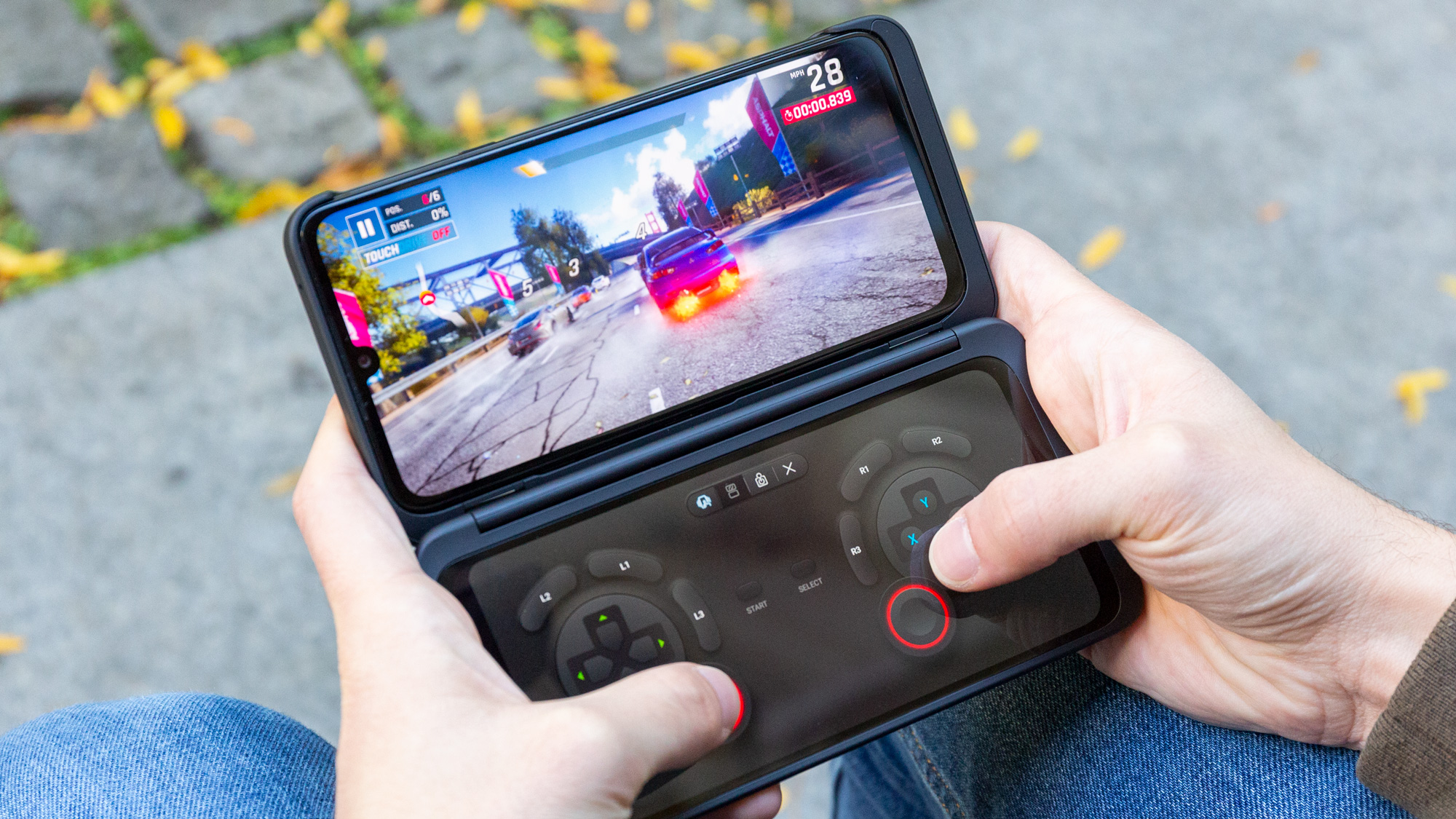
LG G8x ThinQ: At a time when other phone makers began to dabble with foldable screens, LG went in a different direction. Instead of a phone that could open up to reveal a tablet-sized display, LG came up with a design that allowed you to stick one 6.4-inch OLED panel next to another. We could appreciate the extra screen real estate that the LG G8x ThinQ provided, though the implementation was a bit awkward.
Some apps — notably Chrome — weren't optimized for the LG G8x's dual-screen approach. And while we appreciated the ability to use the G8x's second screen as a controller when gaming, launching games could be a frustrating experience. Add to that the fact that it was well nigh impossible to use the G8x with a single hand, and this was a case of another LG phone that needed more time on the drawing board.
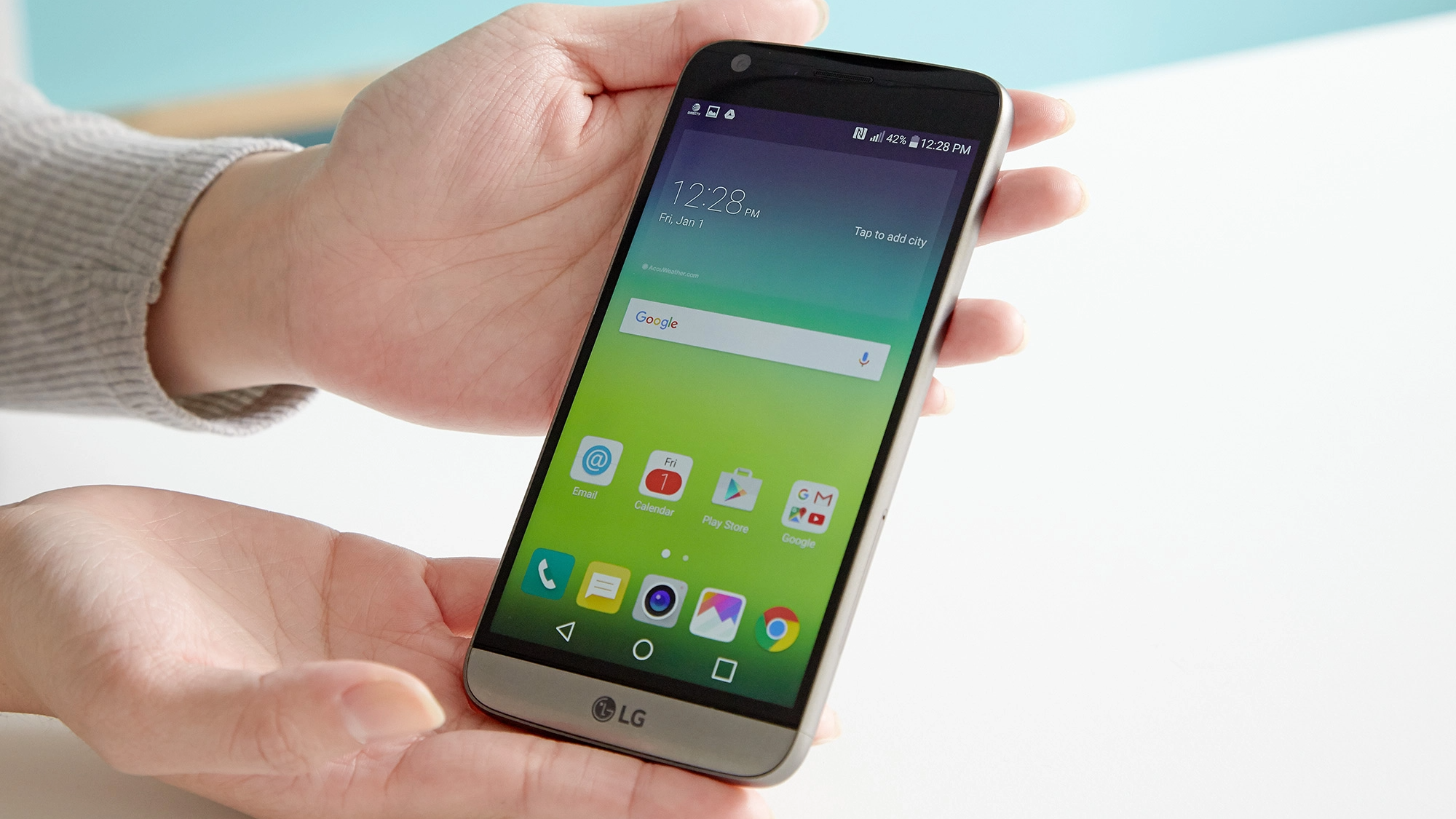
LG G5: From Google's project Aria to the Motorola Mods that attach to the back of the Moto Z series, phone makers have always dreamed of creating modular devices in which you could swap out various parts of the phone on the fly to add new capabilities. The LG G5 was among the first phones to reveal that dream was actually a bit of a nightmare.
It wasn't that the LG G5 was a bad phone, necessarily. The wide angle camera was great, and it offered stellar performance for the time. But all that modularity meant toting around different add-ons, severely limiting the G5's portability. The initial add-ons available for the G5 — which LG slapped with the laughable name "Friends" — weren't particularly inspired. And before third-party accessory makers had the chance to try their hand at making… um… Friends for the G5, LG had scrapped its modular ambitions, going back to a more conventional smartphone approach with the LG G6.
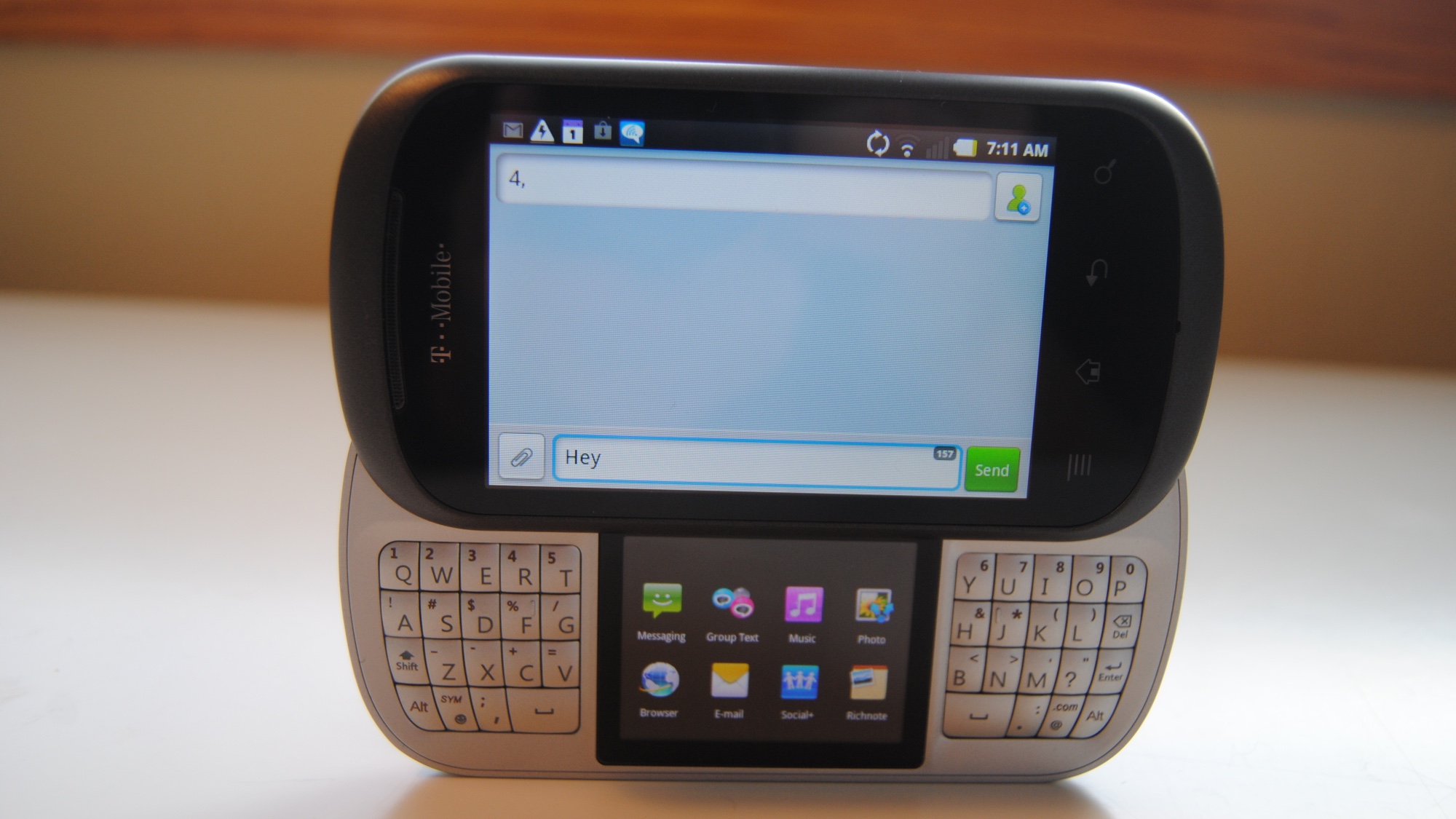
LG DoublePlay: Back in 2011, QWERTY phones were on their way out. However, some people still held onto their physical keyboards and for them, LG released the DoublePlay. It sported a single main display, Android 2.3 Gingerbread, and a slideout QWERTY keyboard. That keyboard was split with a second display in the middle.
While a cool concept, the DoublePlay was plagued by terrible battery life, a chunky body, and poor ergonomics. It wasn't a standout phone, even for its time, and proved that LG, while willing to try out risky things, wasn't going to be a real player in the smartphone market. Too bad it took 10 years and untold sums of money for that reality to finally sink in.

Jordan is the Phones Editor for Tom's Guide, covering all things phone-related. He's written about phones for over five years and plans to continue for a long while to come. He loves nothing more than relaxing in his home with a book, game, or his latest personal writing project. Jordan likes finding new things to dive into, from books and games to new mechanical keyboard switches and fun keycap sets. Jordan tends to lurk on social media, but you can best reach him on Twitter.
Houston Cell Phone Repair Glass Lg V20
Source: https://www.tomsguide.com/news/lg-phones-dead-the-best-and-worst-lg-phones-of-all-time
0 Response to "Houston Cell Phone Repair Glass Lg V20"
Post a Comment